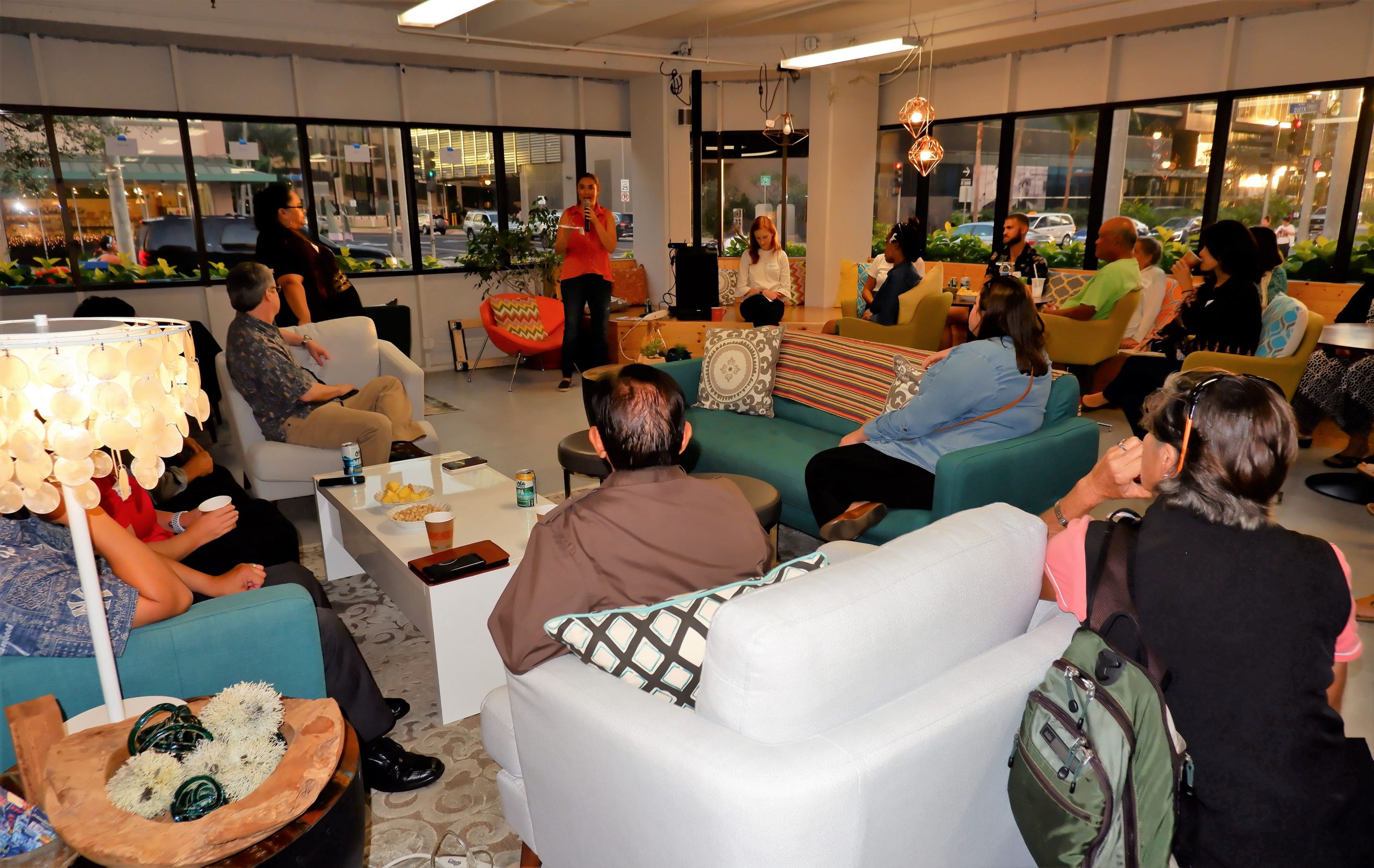
The Three “Rs” of Volunteerism
Volunteer recruitment and retention are key to impactful events, regardless of scale. We asked local experts Rafael Bergstrom (Sustainable Coastlines Hawaii), Michael Loftin (808 Cleanups), and Cheri Kishimoto (Hands In Helping Out) to share their thoughts on what makes a successful volunteer program. One of the biggests takeaways – volunteer recognition is essential. Read about their experiences managing volunteer events on all levels, one-to-one, one-to-many, and one-to-thousands.
What do you do?
SCH: Inspire local communities to take action through large-scale beach cleanups with a focus on education to prevent beaches from becoming dirty in the first place.
808: Remove tagging, hazardous materials, and marine debris from beaches, parks, and trails through weekly cleanup days and Adopt-a-Site program.
HIHO: Support volunteers by matching their interests with nonprofits and local projects, spread awarenss of the great work happening in communities, and provide trainings and workshops to support nonprofits in effectively working with volunteers.
How many volunteers do you have?
SCH: One-day cleanups attract 1,500+ volunteers, with more than 30,000 volunteers engaged so far.
808: Weekly events attract an average of 20-50 volunteers, with hundreds of additional volunteers participating through the Adopt-a-Site program. In total, 5,000 to 6,000 volunteers engage every year.
HIHO: Roughly 150 long-term volunteers that keep in touch, regardless of where they may be.
Do you have core/lead volunteers?
SCH: 30 to 50 core volunteers that contribute unique skills, assume leadership roles at events, and will do anything at the drop of a hat.
808: Lead volunteers participate in the Adopt-a-Site Program, start organizing their own cleanups, and lead school, business, and other groups in cleanup events.
HIHO: Lead volunteers are those who have special skills and love what your organization does.
How do you communicate with your volunteers and how often do you do so?
SCH: Keeping in touch with core volunteers daily establishes a network that can quickly disseminate a message when needed and creates lasting friendships among volunteers.
808: Volunteers engagement occurs daily through messages, email, and phone as well as weekly through in-person participation in cleanups.
One-to-One, Many, and Thousands
SCH: In transitioning to engage thousands of people at events, partnerships, entertainment (food, music, vendors), and media (social and traditional) are key. It is not necessary to retain thousands of volunteers, however, these individuals can become advocates when needed.
808: Consistency of cleanups and giving volunteers the necessary support (supplies and technology) helps to keep people involved and generates lasting impact. Building a community where people want to hang out with each other also helps to grow retention.
HIHO: Creating a community for volunteers to connect with each other on an individual level.
How do you recruit and retain your volunteers?
SCH: Recognizing the people that do incredible things for your organization goes far in bringing new people in. It is as simple as taking a photo of a volunteer, sharing their personal story, and posting it. Collective recognition is also important.
808: Volunteers becoming self-confident allows them to fully enjoy what they do and to chart their own path, keeping them coming back over time.
HIHO: Getting to personally know volunteers helps to create long-term relationships. Having volunteers participate in an orientation before volunteering also helps to ensure projects align with their interests and that they have the time to fully engage.
What challenges do you face with your volunteer programs and how do you overcome them?
808: Getting people to take the first step is often the biggest challenge, but once they do so, they often become self-driven. Burnout is also a common difficulty; it is important to try to push through the negative things that you cannot control and instead focus on successes.
HIHO: Getting people to take the first step. An orientation helps to set expectations and understand interests, needs, and availability.
Any additional tips?
SCH: Create a space where people want to hang out, have fun, and do good together, especially when addressing issues as challenging as plastic pollution and climate change.
808: Pace yourself and spend time in the field.
HIHO: Make volunteering as accessible as possible.
Feeling Inspired?
Join or create a volunteer activity today.
Feeling Inspired?
Join or create a volunteer activity today.

